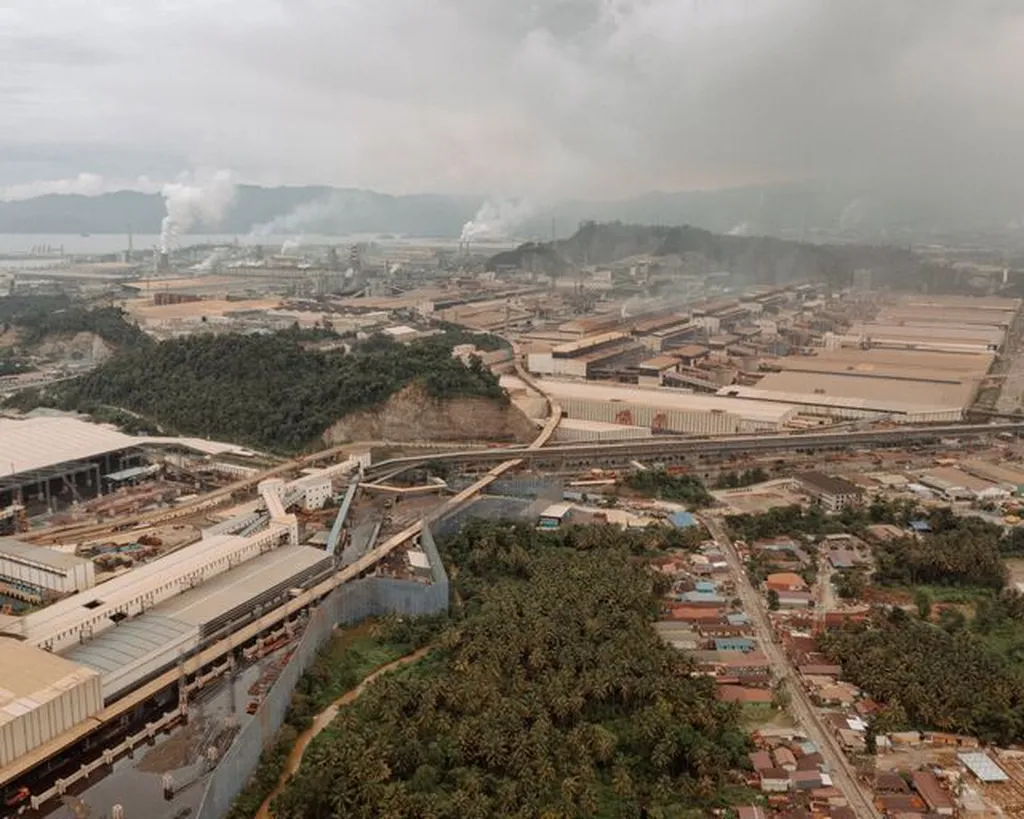In the quest for sustainable construction materials, a team of researchers led by Yulong Zheng from the Faculty of Civil Engineering and Mechanics at Jiangsu University in China has made a significant breakthrough. Their study, published in the journal *Case Studies in Construction Materials* (translated as *典型建筑材料案例研究*), explores the potential of carbide slag, a byproduct of the acetylene industry, as a low-carbon alternative to traditional cement.
The research focuses on the development of a new cementitious material system, dubbed CFG (Carbide slag-Fly ash-GGBS system), which incorporates high dosages of carbide slag (CS) and, in some cases, silica fume (SF). The findings reveal that CFG not only reduces carbon emissions but also enhances the mechanical properties of the material.
“Cement production is a significant source of carbon emissions,” explains Zheng. “By utilizing carbide slag, a solid waste byproduct, we can create an environmentally friendly and low-carbon cementitious material that also improves the strength and durability of construction materials.”
The study investigated the effects of different dosages of carbide slag (ranging from 10% to 70%) and silica fume (0% or 10%) on the performance of CFG. The results showed that the flexural and compressive strengths of CFG with 10% CS reached 7.7 MPa and 29.2 MPa, respectively, at 28 days. However, excessive CS in the system led to the accumulation of calcium hydroxide (Ca(OH)2), which negatively affected the system’s strength.
To mitigate this issue, the researchers introduced silica fume and carbonization. Remarkably, after carbonation, the compressive strength of specimens with 30% CS increased by 32.7% from 31.1 MPa to 35.7 MPa, and with 70% CS, it increased by 80% from 11 MPa to 19.8 MPa. This demonstrates the excellent carbon sequestration enhancement properties of CFG.
The environmental benefits of CFG are substantial. Using the Life Cycle Assessment (LCA) method, the researchers found that CFG can reduce CO2 emissions and energy consumption by 89.12% and 80.35%, respectively, compared with ordinary Portland cement.
This research has significant implications for the energy sector and construction industry. By providing a viable alternative to traditional cement, CFG can help reduce the carbon footprint of construction projects and contribute to the global effort to combat climate change.
As the world seeks sustainable solutions, the development of CFG offers a promising path forward. “The massive consumption of solid waste in the production of CFG makes it an environmentally friendly material with the potential to replace conventional cement,” says Zheng.
The study published in *Case Studies in Construction Materials* opens new avenues for research and development in the field of sustainable construction materials. It highlights the importance of innovative solutions that not only address environmental concerns but also enhance the performance and durability of construction materials.
In the future, the adoption of CFG could revolutionize the construction industry, providing a sustainable and efficient alternative to traditional cement. This research underscores the potential of waste materials in creating innovative and environmentally friendly construction solutions, paving the way for a greener and more sustainable future.

